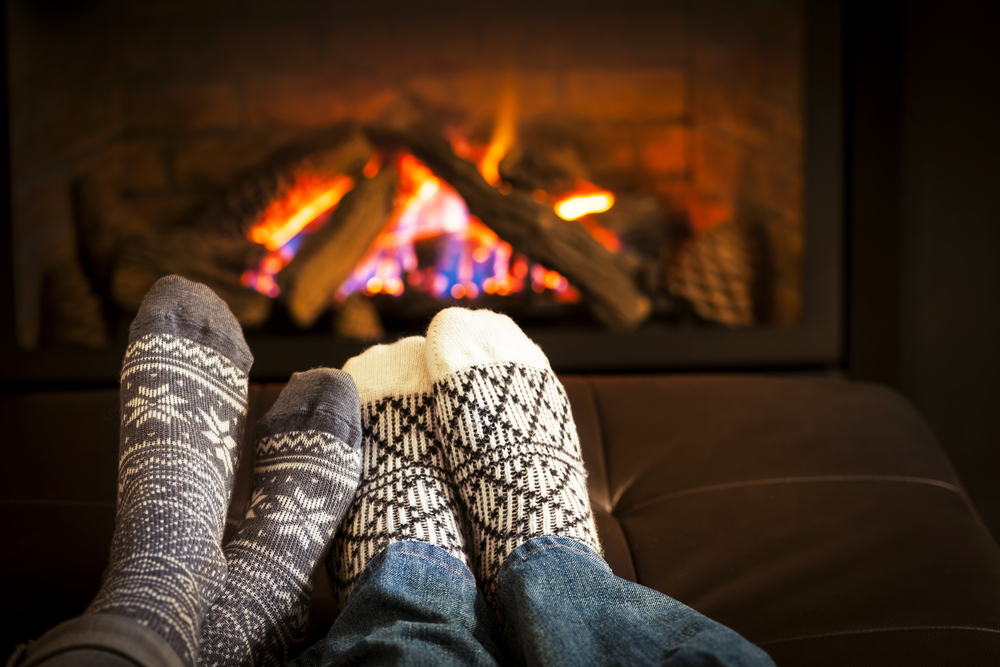Q. We are adding a fireplace insert to a small cabin. Should we use wood or propane (natural gas is not available) for the best fuel in terms of environmentally friendliness and energy efficiency?
John B.
Mercer Island, Wa.
A. Dearest John,
It’s that time of year, isn’t it? That time of year when people start thinking about turning on the heat again, and therefore wondering if it isn’t time for an eco-upgrade to the whole heating system. This year I’m working on training my cat to sit on my lap on command — imagine, a heated blanket that runs on tuna!
Your home improvement project sounds a touch more realistic, John, and more than a touch more sustainable, as you’re getting rid of an energy-wasting fireplace. Inserts are designed to be vastly more efficient — 80 or 90 percent efficiency versus a dismal 10 percent for the old-fashioned hearth — though equally cheerful. Kudos to you for making this smart switch.
Inserts (basically a stove made to fit right inside an existing fireplace) come in several varieties, of which you’ve noted three, John: natural gas, propane, and wood. Let me add a few more to that list: pellet and electric. And here you thought I’d be helping you narrow your choices, not expanding them — but I think each deserves a look.
Let’s start with the two options available to you: wood and gas. Wood-burning inserts are nice because they run on a renewable resource, and one that’s often easy to source locally. Burning sustainably harvested wood is also considered carbon neutral because you’re only releasing the carbon that the tree sequestered in its lifetime; it’s part of the carbon cycle in a way that underground fossil fuels are not. Plus, an EPA-certified stove or insert (really the only kind you should be thinking about) is built to burn cleaner and more efficiently, dramatically reducing fine particle emissions and pollution over older models. And of course, wood fires have that snap-crackle-pop ambience going for them.
Now for the however: Even the cleanest wood fireplace inserts release some nasty stuff into the air, including lung-clogging particulates and volatile organic compounds. And you live in Washington, where smoke is one of the biggest polluters, especially in winter; That’s one reason your state’s stove standards are even stricter than the EPA’s.
Propane gas, on the other hand, burns much cleaner. And gas stove inserts are easier to deal with — just flip a switch, no careful fire-tending needed. But we can’t get around the fact that propane and natural gas are fossil fuels, nonrenewable, and increasingly obtained via environmentally dubious fracking (propane is derived from natural gas or oil).
Clearly, neither option is perfect. So let’s look at those alternatives I mentioned before. Wood pellet inserts and stoves are nifty contraptions that burn ultracompressed wood and other biomass (such as switchgrass, olive pits, corn, and cherry pits) that might otherwise have been landfilled. Pellets are super-dry, which makes them burn cleaner and more efficiently than wood. Pellet stoves do require some electricity to run, and they tend to be a bit more expensive up-front, but a pellet stove could be just the ticket for you, John, especially if you feel you just have to burn something. Head over here for a lot more on the topic.
And finally, there’s the electric fireplace insert — a bit like a space heater, really. These don’t produce any smoke or emissions on site, and while they’re not the most efficient way to heat a big home, one might work for a small space like your cabin. I bring this one up specifically because of your zip code: Most of the electricity in Washington comes from clean hydropower, so you wouldn’t be committing pollution by proxy. The coziness factor of an electric fire is somewhat debatable, true, but its virtues may outweigh its vices in your case.
As with any home improvement projects, John, the best choice for you will depend on your budget, your house specs, fuel availability, and other factors. But I do hope you think outside of the wood-gas box while planning for the cozy evenings ’round the fireplace insert that await.
Flickeringly,
Umbra



